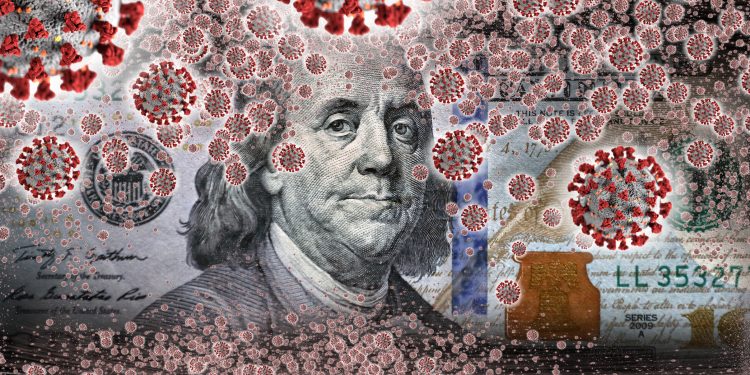
The Covid crisis is probably the first time in history that a globalised, highly interconnected economy has been effectively shut down for at least one quarter. The economic impact is expected to reduce 2020 global GDP by 20-30%, and rescue attempts will push Government debt to levels not seen since the Second World War.
Government support may be too late for many – the financial damage of the virus will be magnified by Corporate and Personal debt levels that are at record highs. Just how large is the breaking wave of corporate defaults?
In a new paper, Professor Ed Altman has summarised various estimates of post-virus default rates for the USD High Yield segment, where observed defaults were running at 2.9% (in 2019). Across the main ratings agencies, the lowest estimate of High Yield default rates in 2020 is about 5%; the highest ranges from a central case of 10% to a worst case of 20%.
Professor Altman uses three complementary methodologies to arrive at a range of estimates between 5.5% and 9.5%, with an average of 6.9%, representing an increase of 2.4x the 2019 rate. This estimate is closer to 8% if it includes the impact of migration over the edge of the BBB cliff, where it is estimated that more than 30% of the bonds currently classified as BBB are actually non-investment grade.